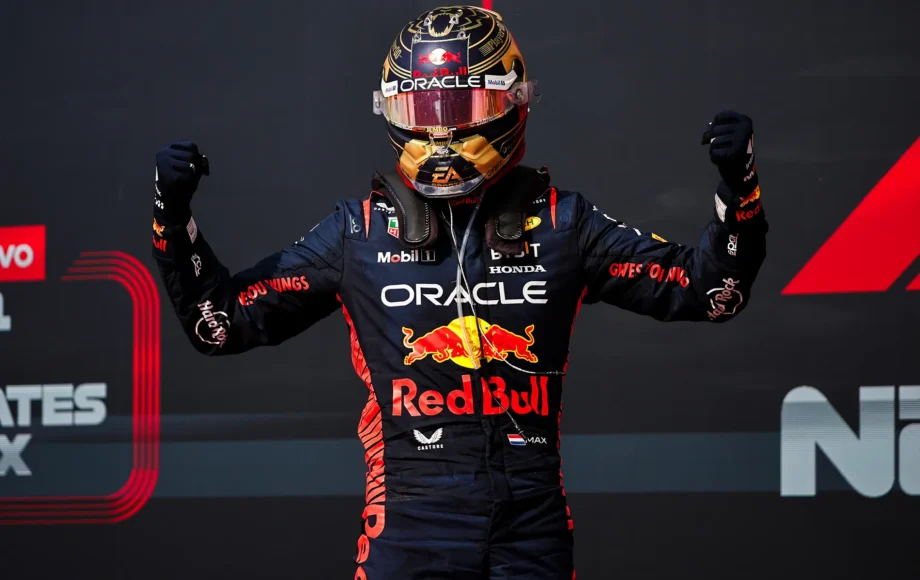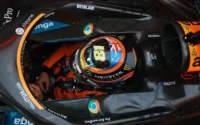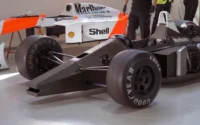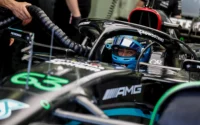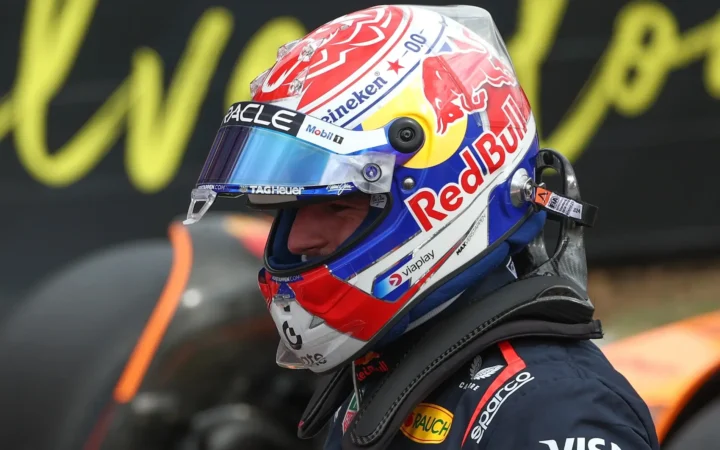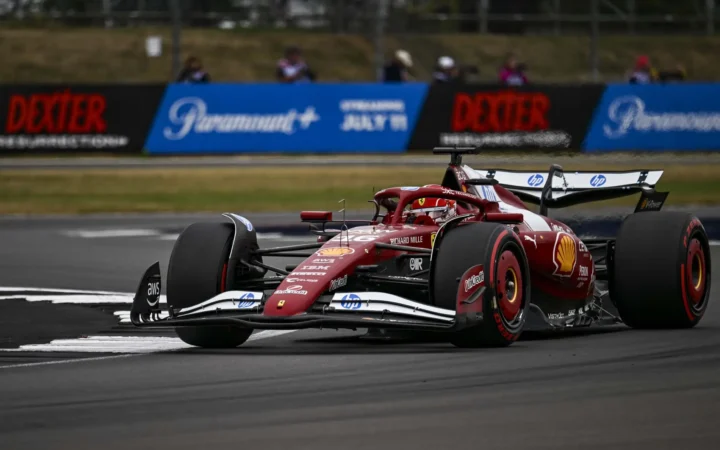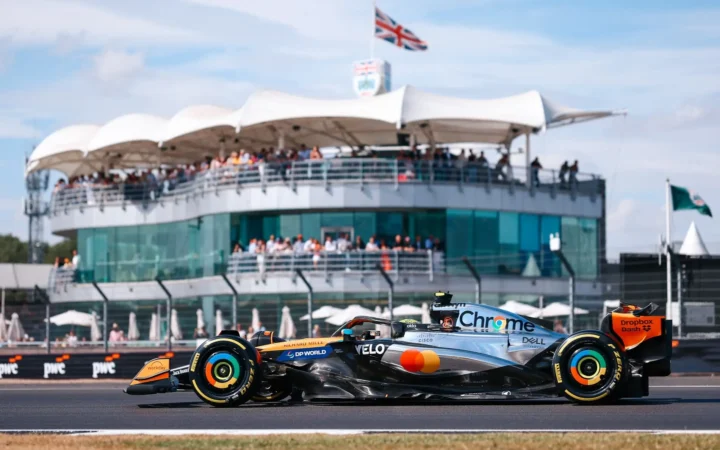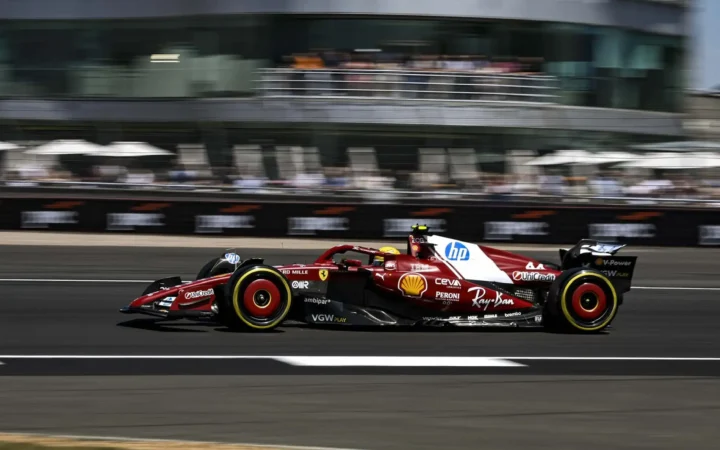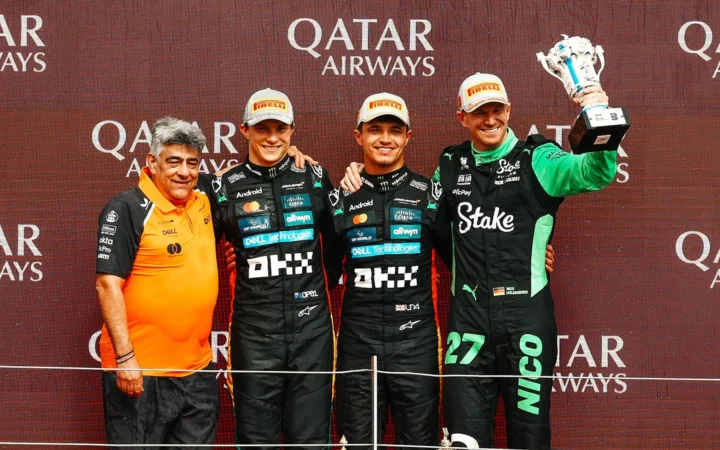In the early years of Formula 1, the barriers to entry were remarkably low. Essentially, if you could purchase a car, you could find your way to the starting grid. This was an era when enthusiasts could transition from casual racers to Grand Prix drivers almost overnight.
What to know
- A Super Licence is not just recommended for any driver looking to step into F1; it’s mandatory.
- To compete in Formula 1, a driver must meet the FIA’s stringent requirements, including accumulating points.
As the sport evolved, the FIA introduced more stringent regulations to ensure safety, skill, and competitiveness. Today, any driver with aspirations of racing in Formula 1 must possess an FIA Super Licence. This isn’t just any ordinary driving licence. There is a set of rigorous criteria that must be met to obtain one.
What is an F1 Super Licence?
A Super Licence is mandatory for any driver looking to step into F1. The sport’s governing body, the Fédération Internationale de l’Automobile (FIA), issues this coveted licence. The steps to obtaining one are based on achieving many criteria, which we’ll dissect in this guide.
As the global body for motorsports, the FIA issues many licences for its sanctioned competitions. These range from the grassroots levels of karting to open-wheel and endurance racing. Among these licences, the Super Licence stands at the top, reserved for F1 drivers.
Acquiring this licence isn’t about filling out a form and waiting for approval. Drivers must meet and exceed specific foundational requirements. These stipulations are outlined in the International Sporting Code, a comprehensive set of rules and regulations that serve as the governing blueprint for all motorsport events under the FIA’s umbrella.
How do drivers get a Super Licence?
To compete in Formula 1, a driver must satisfy stringent requirements set by the FIA to ensure their capability and safety on the track. Here’s a comprehensive breakdown of these prerequisites:
Licensing and Age Requirements
- A driver must possess a current FIA International Grade A licence.
- They should hold a valid driving licence, ensuring they have basic driving skills and awareness.
- The driver must be at least 18 years old before their debut in F1.
Knowledge and Experience
- A requisite knowledge assessment awaits the driver, testing their understanding of the International Sporting Code and F1 Sporting Regulations. This ensures that they are well-versed with the rules and guidelines governing the sport.
- Experience is paramount. They must have completed at least 80% of two distinct seasons from specific single-seater championships recognised and certified by the FIA. A detailed table of these championships is provided below.
Accumulation of Points
- Climbing the ranks to F1 isn’t just about time spent in other championships and performance. Drivers are expected to have amassed at least 40 ‘points’ in recognised racing events leading up to their F1 application.
- When evaluating a driver’s point tally, the FIA considers:
- Either the three-year span immediately before the application year
- Or the two-year period leading up to the application year
- This evaluation also considers the points earned during the year of the application.
The following table provides a more detailed breakdown of how points are awarded and which championships are considered.
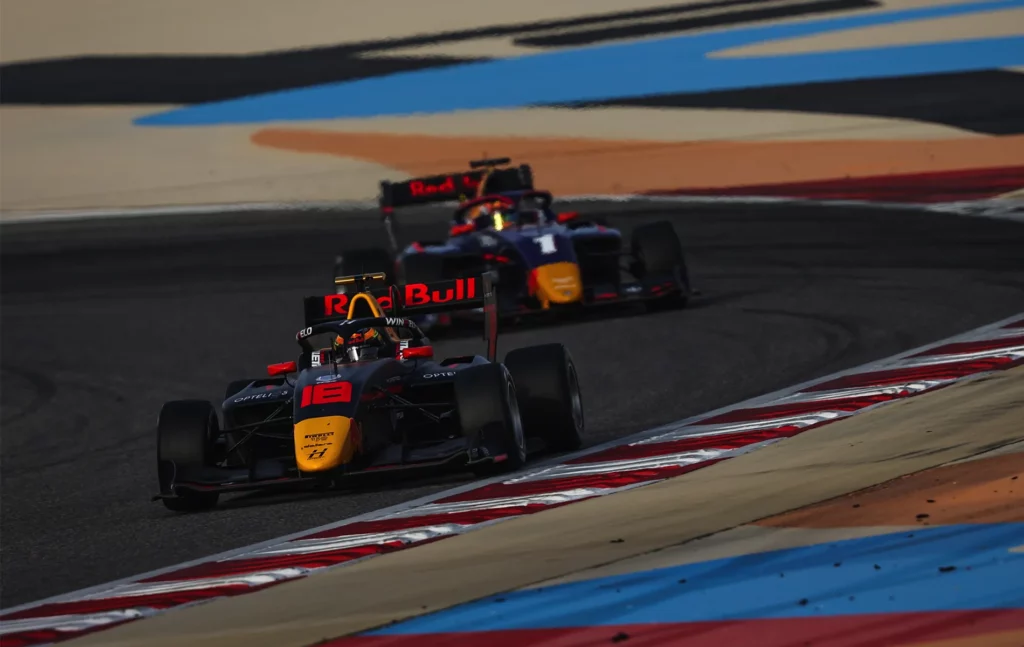
Points awarded per FIA championship classification
| Championship | 1st | 2nd | 3rd |
|---|---|---|---|
| FIA Formula 2 | 40 | 40 | 40 |
| IndyCar* | 40 | 30 | 20 |
| FIA Formula 3 | 30 | 25 | 20 |
| FIA Formula E Championship | 30 | 25 | 20 |
| FIA WEC (LMP1 only) | 30 | 24 | 20 |
| Formula Regional European Championship by Alpine | 25 | 20 | 15 |
| Japanese Super Formula | 25 | 20 | 15 |
| FIA WEC – LMP2 | 20 | 16 | 12 |
| Japanese Super GT500 | 20 | 16 | 12 |
| Formula Regional Middle East | 18 | 14 | 12 |
| Formula Regional Americas | 18 | 14 | 12 |
| Formula Regional Japanese | 18 | 14 | 12 |
| Formula Regional Oceania | 18 | 14 | 12 |
| Formula Regional Indian | 18 | 14 | 12 |
| IMSA Prototype (excluding LMP3)* | 18 | 14 | 10 |
| DTM | 15 | 12 | 10 |
| FIA WTCR | 15 | 12 | 10 |
| International Supercars* | 15 | 12 | 10 |
| NASCAR Cup* | 15 | 12 | 10 |
| Indy Lights* | 15 | 12 | 10 |
| W Series | 15 | 12 | 10 |
| Euroformula Open | 15 | 12 | 10 |
| Japanese Super Formula Lights | 15 | 12 | 10 |
| National FIA Formula 4 Championships | 12 | 10 | 7 |
| FIA WEC – LMGT-Pro | 12 | 10 | 7 |
| Asian/ELMS Prototype (excluding LMP3) | 10 | 8 | 6 |
| FIA WEC – LMGT-Am | 10 | 8 | 6 |
| IMSA GTLM* | 10 | 8 | 6 |
| National F3 Championships | 10 | 7 | 5 |
| Indy Pro 2000* | 10 | 7 | 5 |
| NASCAR National* | 10 | 7 | 5 |
| Toyota Racing Series New Zealand | 10 | 7 | 5 |
| International GT3 Series | 6 | 4 | 2 |
| FIA karting World Championships in Senior Cat. | 4 | 3 | 2 |
| FIA karting Continental Championships in Senior Cat. | 3 | 2 | 1 |
| FIA karting World Championships in Junior Cat. | 3 | 2 | 1 |
| FIA karting Continental Championships in Junior Cat. | 2 | 1 | 0 |
What about drivers returning to F1?
The ripple effects of the COVID-19 pandemic extended into various facets of F1, including the stringent regulations governing Formula 1. As the global pandemic led to disruptions in the racing calendar, the FIA adjusted their Super Licence eligibility criteria to account for these unprecedented circumstances.
Adjustments Due to 2020 and 2021 Seasons
When evaluating a driver’s eligibility, the FIA typically considers the points accumulated over three or two years immediately before the application year. However, given the unusual nature of the 2020 and 2021 seasons due to COVID-19, the FIA introduced an exception:
- If the three-year span leading up to the application year includes either 2020 or 2021, the FIA will now factor in the best performance from any three out of the four preceding years. This ensures drivers are not unduly penalised for a season disrupted by the pandemic.
- A parallel provision for the two-year consideration period has been made, reflecting a similar intent.
Provisions for F1 Returnees
The path for former F1 drivers hoping to make a return has been laid out with some clarity. If a driver has had a Super Licence at any point over the past three years, their case for renewal will be reviewed by the FIA. However, the approval is not just about their previous status; the FIA will exercise discretion to determine if the driver has “recently and consistently demonstrated outstanding ability in single-seater formula cars”.
Additional Criteria for Teams
Building on the above, there’s also an imperative for the F1 teams. Should a team wish to recruit a driver, they must provide evidence of the driver’s recent experience in F1 machinery. Specifically:
- The aspiring driver should have covered a minimum of 300km in a representative F1 car. This distance must be covered “consistently at racing speeds”.
- The test covering this distance should be spread over no more than two days.
- This test should be fresh, taking place no more than 180 days before the application date.
- Crucially, the test must be certified by either the ASN (the sporting authority) of the country where it was conducted or during an official F1 World Championship event.
How else can drivers earn points?
Aspiring Formula 1 drivers can look beyond the primary points table to accumulate additional credits towards their Super Licence. The FIA has integrated several avenues to recognise and reward exceptional conduct, standout performances in specific races, and commendable efforts during practice sessions at Grand Prix weekends.
Acknowledging Clean Driving in Championships:
Within the framework of the FIA championships, a penalty points system exists to keep drivers honest. If a driver successfully navigates an entire championship without receiving penalty points, they are acknowledged for their sportsmanship and discipline. As a reward, the FIA will grant them an additional two points, supplementing their sporting results. This encourages drivers to maintain a high standard of driving ethics and safety.
Prestige of the Macau Grand Prix (F3 World Cup)
The Macau Grand Prix, also known as the FIA F3 World Cup, is among the most prestigious events in the motorsport calendar. Winning this race is no small feat, and the winner of this event receives an extra five points added to their sporting result..
Merit Points for Free Practice Sessions
The FIA has introduced a provision for those holding a ‘Free Practice Only Super Licence’. These drivers can earn one additional point for every FIA Formula One World Championship event, where they successfully cover a minimum distance of 100km during a free practice session. However, this comes with a caveat: the driver should not have any penalty points levied against them during that session.
While these practice sessions offer a chance to earn points, the FIA has capped the potential gain. A driver can accrue a maximum of 10 additional points from this method for their Super Licence application.
Is there a recent example for reference?
American driver Logan Sargeant secured enough Super Licence points during the 2022 Formula 2 season to secure a place in Formula One history as a driver for Williams in 2023.
Logan’s spot in F1 was the first time since 2015 that Formula One had seen an American on the F1 grid.
Sargeant secured 5th position in the final 2022 Formula 2 Feature Race held at the iconic Yas Marina Circuit. His performance solidified 4th position in the F2 drivers’ standings for the season his consistent performances throughout the season were duly recognised as he was awarded the coveted title of ‘F2 Rookie of the Year’.
Entering the weekend with an initial tally of 29 Super Licence points, Sargeant’s 4th place finish in the championship added another 30 points to his count. His impeccable driving throughout the F2 season earned him two points, while his Free Practice 1 session with Williams on that Friday contributed another. These combined efforts pushed him beyond the mandatory 40-point Super Licence threshold, qualifying him to race in F1 for 2023 and beyond.
Seen in:

